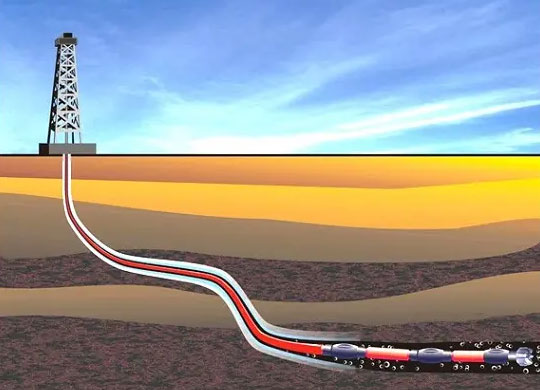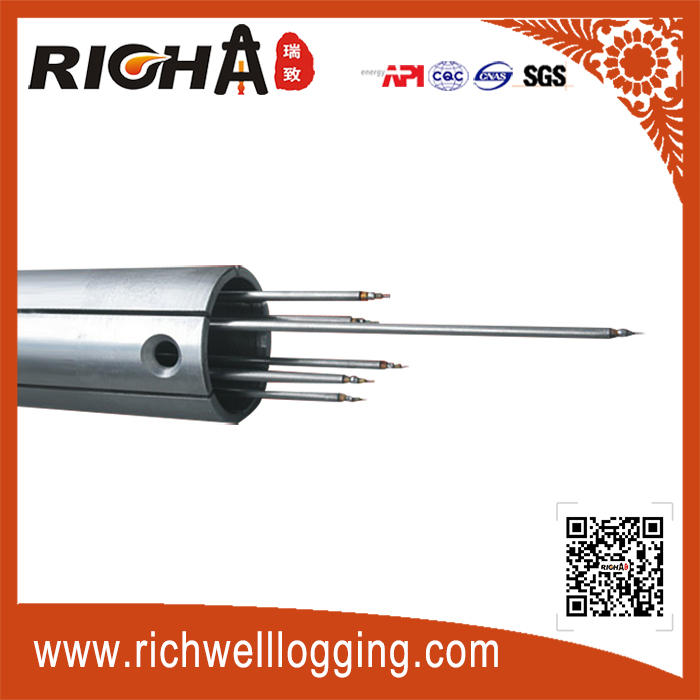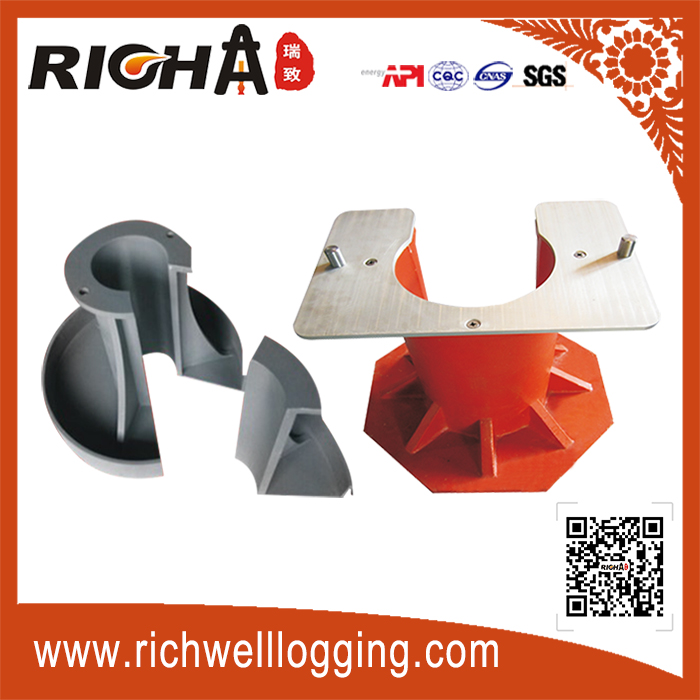Consultation Hotline:13629207777(WeChat Same Account)
Quality supervision:15229006666
After-sale service:029-86670108
Email:info@richwelllogging.com
Address:No. 388 Caotan 9th Road, Xi'an Economic and Technological Development Zone
Why Calibration is Necessary in Radioactive Logging
In surface instruments, after electrical pulses are amplified, discriminated, and shaped, they are converted by a count rate measurement circuit into a direct current voltage proportional to the pulse count rate. The difference in DC voltage is then recorded to generate the gamma-ray logging curve. This gamma curve is qualitatively used for delineating formation boundaries, identifying lithologies, and facilitating stratigraphic correlation. From a quantitative perspective, it helps determine parameters such as shale content and formation permeability.

Calibrating logging instruments is not merely a check of instrument performance parameters; more importantly, it ensures the quality of the logging data. Calibration is a key component of quality control in logging operations. The primary goal of calibration is to precisely establish the conversion relationship between the measured values and the engineering values that reflect the physical parameters of the formation. This is especially critical in radioactive logging, as natural radioactivity varies across regions and formations. Therefore, calibration is essential to develop interpretation standards tailored to the specific study area.
For logging tools with linear responses, the calibration principle is as follows: It is assumed that the sampled data (such as voltage differences or count rates) and the corresponding engineering values have a linear relationship. A calibrator (a device with known engineering quantities) is then used to establish the relationship between the sampled data and the engineering values, thus deriving the conversion function.
A calibration device refers to a standard material, apparatus, or physical model with known, accurate, and stable values, used to calibrate logging instruments.
Different types of logging tools have their own specific calibration devices. Currently, there are three levels of calibration devices in use:
Industry-Level Calibration Devices – These are primary standard calibration devices used in the petroleum industry.
Enterprise-Level Working Calibration Devices – These are secondary standard calibration devices, with values traceable to the industry-level standards to ensure accuracy.
Field Testing Devices – These are tertiary standard calibration devices. The fundamental response of downhole instruments to these devices is inherited from the secondary calibration device. Due to their portability, they can be easily brought to the field and used at well sites during each logging job.
Pre-logging calibration is often substituted with workshop calibration, with only a functional check required at the wellsite. The operational status of downhole instruments can be assessed through calibration. Each downhole tool has specified high and low calibration values that must fall within an acceptable accuracy range. If they fall outside this range, the instrument is deemed malfunctioning and must be repaired.
Post-logging calibration is conducted to verify whether the instrument has experienced any drift during the logging process.
During logging operations, it is required that the calibration values of the downhole instrument before and after logging remain within the permissible range, ensuring the tool's stability throughout the logging period. Additionally, it is essential that not only the high and low calibration values are accurate and reliable, but also that the values in between conform to standard response characteristics and exhibit accurate and consistent behavior.
- China National Petroleum Corporation Maintains Stable Operations in the First Half of 2020
- Downhole Fiber Optic Sensing AUT-F100 for Oil and Gas
- Drilling Fluid Drilling: A Critical Step in Oil and Gas Exploration
- Testing of Composite Insulators in Operation
- Criteria for Evaluating the Quality of Insulators











